Campfire meals with a local flavour
Campfire meals in Southern Africa are stories told under open skies through flavour, smoke, and tradition.
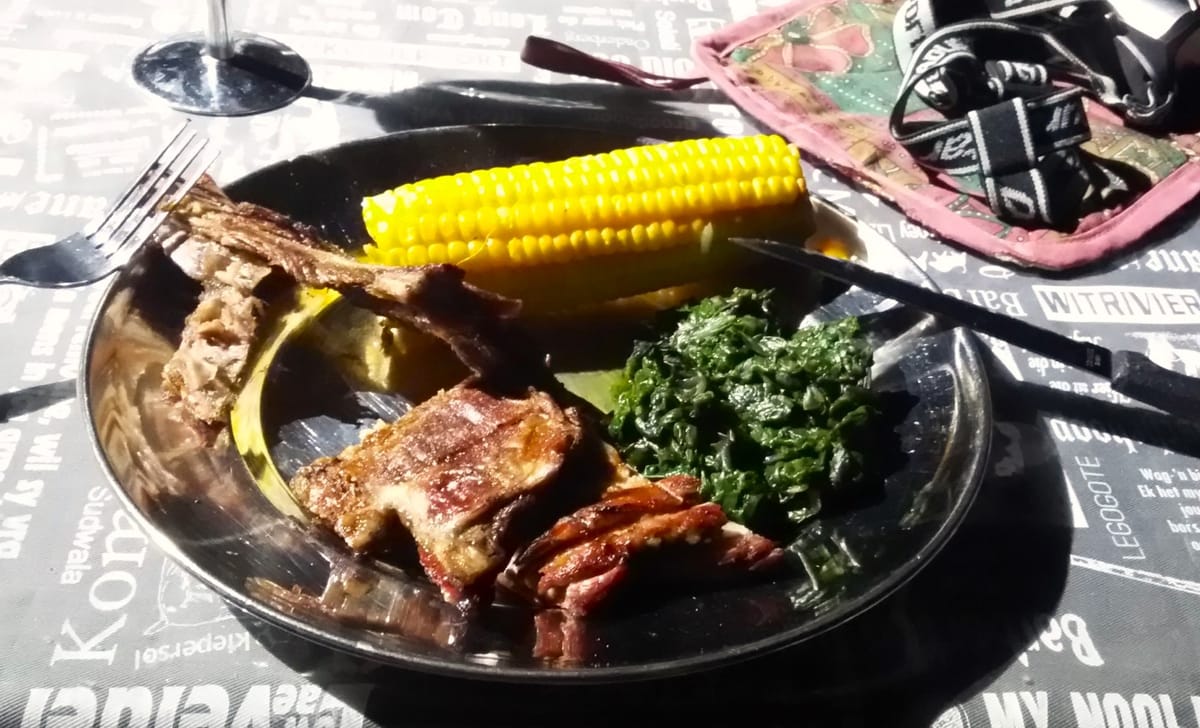

There is something unforgettable about sitting beneath the African sky while flames crackle and the air carries the aroma of food cooking on open coals.
Across Southern Africa, campfires have long been the heart of evenings in the bush, whether in the Kalahari, Kruger National Park, or deep in Botswana’s Okavango Delta. For travellers, preparing a meal this way is more than sustenance; it is about connecting with the land and its traditions.
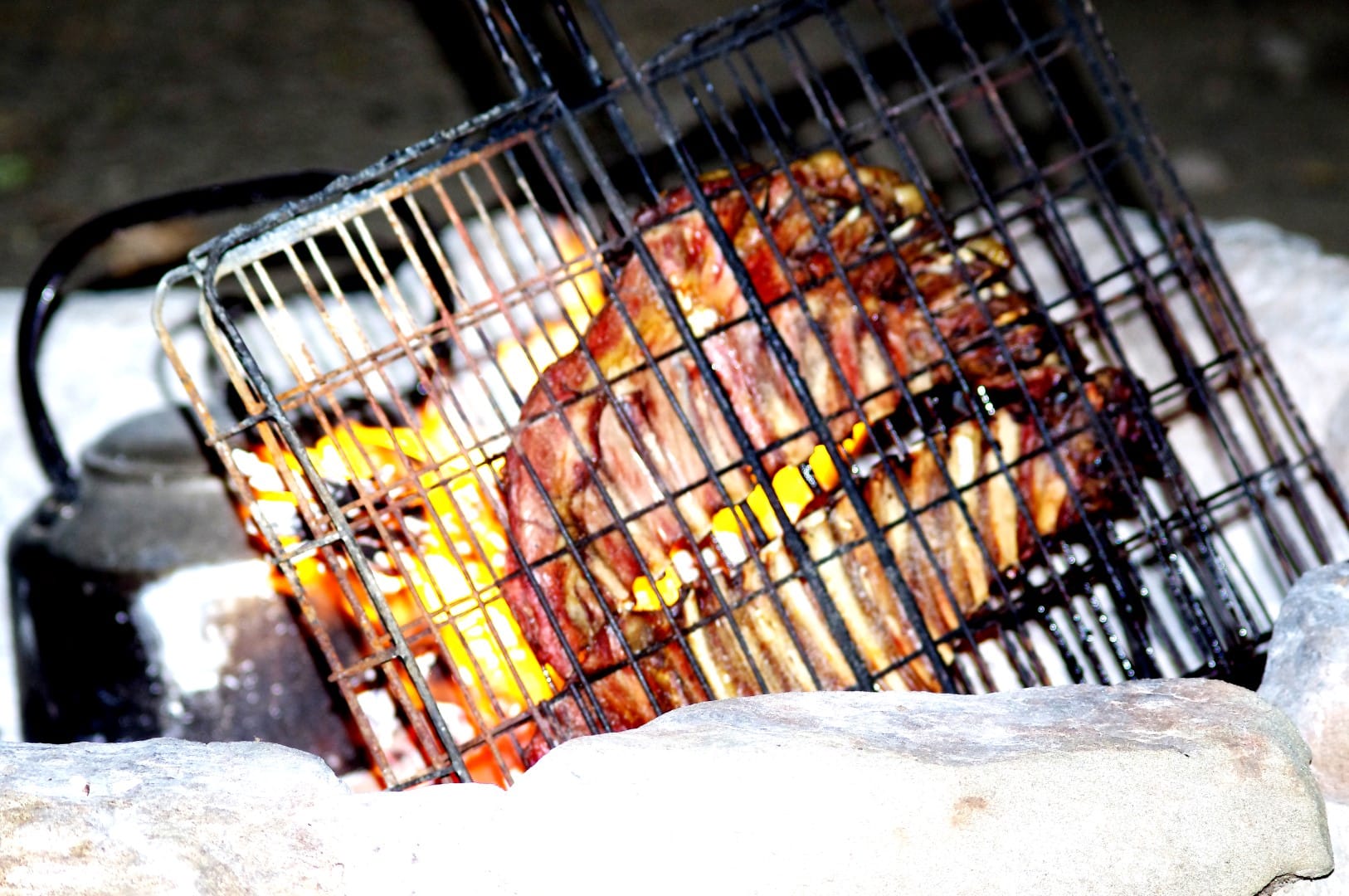
A true campfire evening in South Africa often begins with biltong shared as a snack, accompanied by stories about the day’s sightings.
The fire is allowed to burn down to glowing embers, the perfect base for slow cooking. On many safari routes, such as the R572 towards Mapungubwe or along Namibia’s Skeleton Coast campsites, you will find travellers layering foil-wrapped vegetables in the coals, producing smoky flavours that no stove can match.
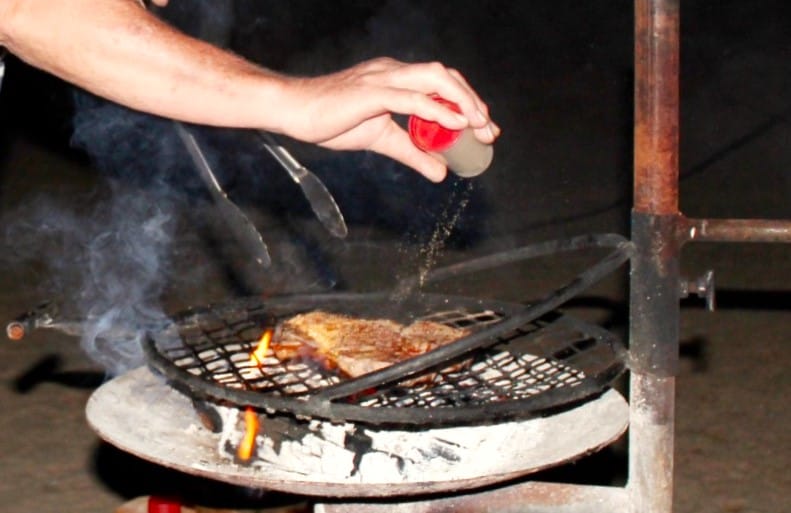
One of the simplest yet most celebrated campfire dishes is the potjie, a cast-iron pot that sits directly over the fire. Recipes differ from family to family, but most include a combination of meat, seasonal vegetables, and local spices left to simmer for hours. A Karoo lamb potjie, for instance, cooked slowly under the stars of the Tankwa Karoo National Park, is both a meal and a story told through flavour.
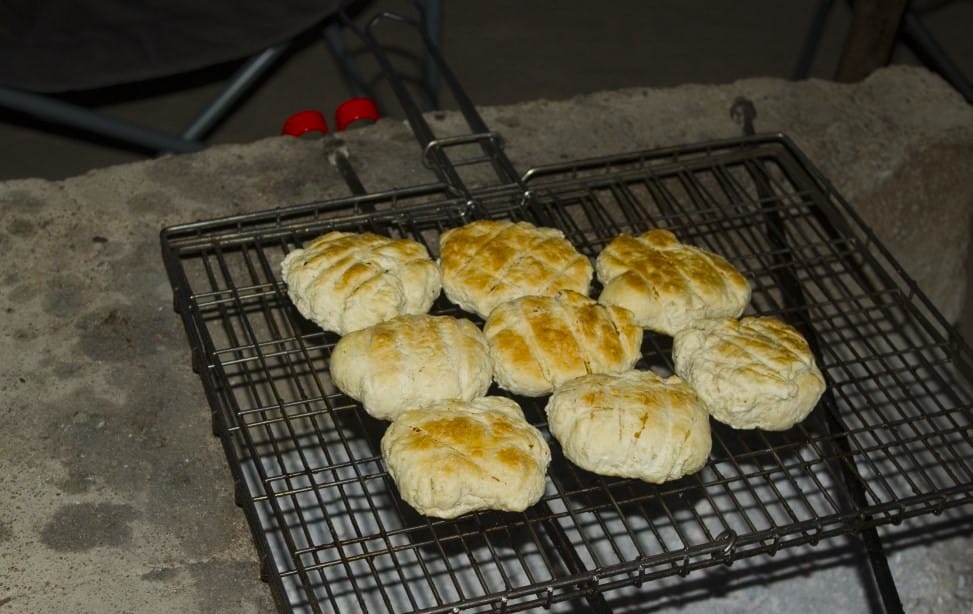
No campfire would be complete without bread. South Africans treasure roosterkoek, small rolls baked on a grid over the fire, served with butter and jam in the morning or alongside a braai in the evening.
In Mozambique and along the Limpopo River, maize meal takes centre stage as pap, often paired with tomato relish or grilled meat. This simple yet hearty staple ties communities together from Gauteng to Zimbabwe.
Sweet endings also have their place. Children in camps across the Drakensberg toast marshmallows until golden, while adults may enjoy a mug of rooibos tea brewed in a blackened kettle. Some camps offer a tot of Cape brandy as the fire dies down, the flicker of flames reflected in tin mugs.
The beauty of campfire cooking is its adaptability.
Whether following established recipes or experimenting with what is on hand, the results carry the distinct taste of place. Meals infused with wood smoke and local spices are reminders that the essence of travel lies not only in where you go, but in how you eat along the way.


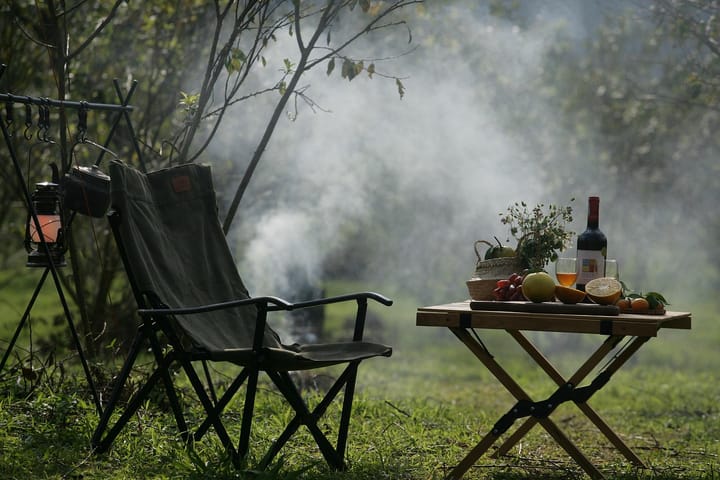
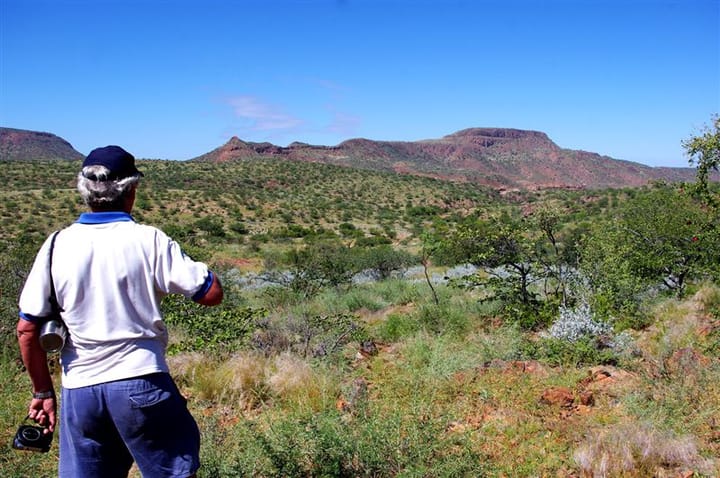
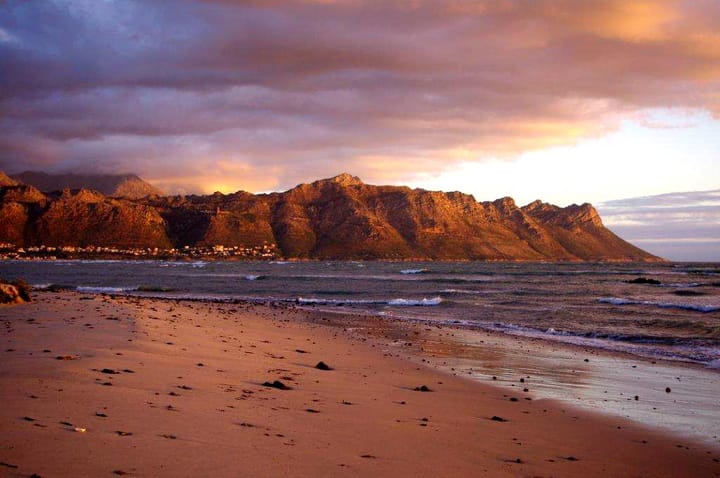
Comments ()